The Ultimate Guide for Downlight in 2025
In this guide, you can find all the knowledge and information about downlights. Whether you're a novice buyer unsure about selecting the right downlight, or an experienced buyer in the lighting industry looking to expand your product market, you'll find answers here.
Table of contents
1.What is a Downlight?
2.What are the types of downlights?
1. Classified by application scenarios
2. Classified by lighting method
3. Classified by installation method
3. How to identify the quality of a downlight?
1. How to identify the quality of the housing?
2. How to choose the right LED chips & LED boards?
3. What are the color temperatures of downlights?
4. What dimming methods are available for downlights?
5. What types of downlight bulbs are there?
6. What are the beam angles of downlights?
7. What are the IP protection ratings of downlights?
8. What is the warranty period for downlights?
4. How do downlights work?
5. How to install downlights correctly?
6. Downlight faults and solutions
7. Pricing
8. FAQ
1.What is a Downlight?
A downlight is a type of light fixture installed in the ceiling, directing the beam downward to provide lighting for a space. It is known for its simple structure, quick installation, and ability to provide good illumination for a space. Different designs of downlights make them widely used in both commercial and residential settings.
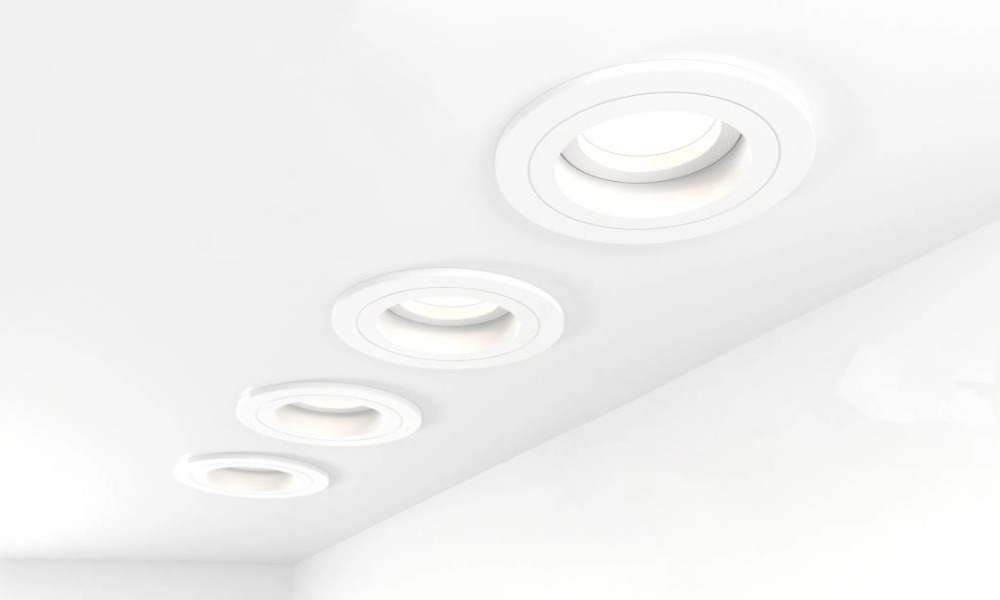
2.What are the types of downlights?
1. Classified by application scenarios
1. Commercial settings
In commercial environments, downlights need to provide both ambient and accent lighting. Due to their small size, a single downlight cannot illuminate an entire space, so multiple downlights are typically installed to create a softer light that avoids glare for guests. These lights are ideal for lighting in large rooms, shopping centers, hotels, and reception areas.
Accent lighting is used to highlight and display products in commercial settings, creating a focused atmosphere that subtly influences marketing outcomes.
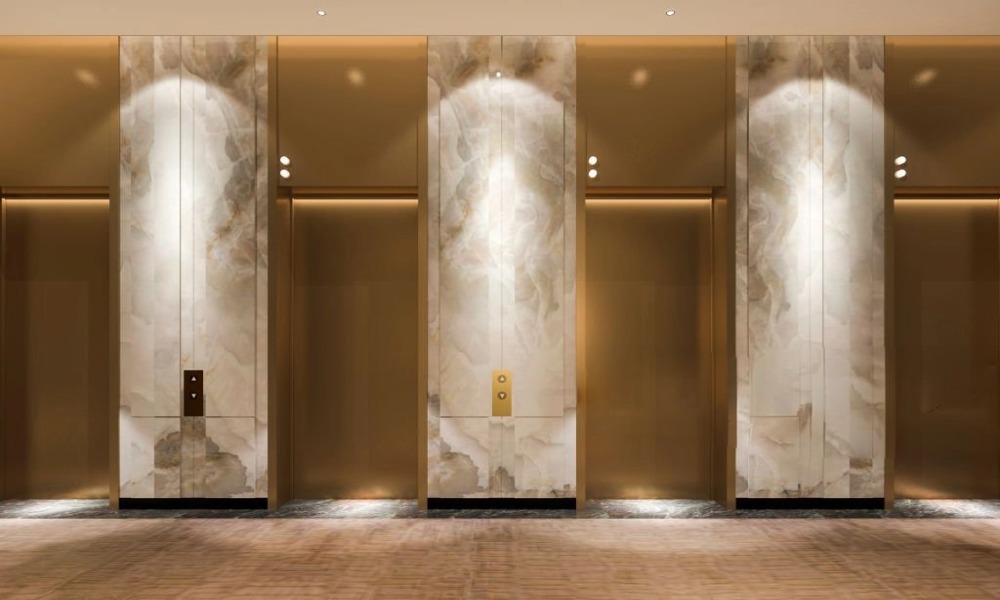
2. Residential settings
Ambient and accent lighting also apply in residential spaces, for example, in kitchens or living room display cabinets.
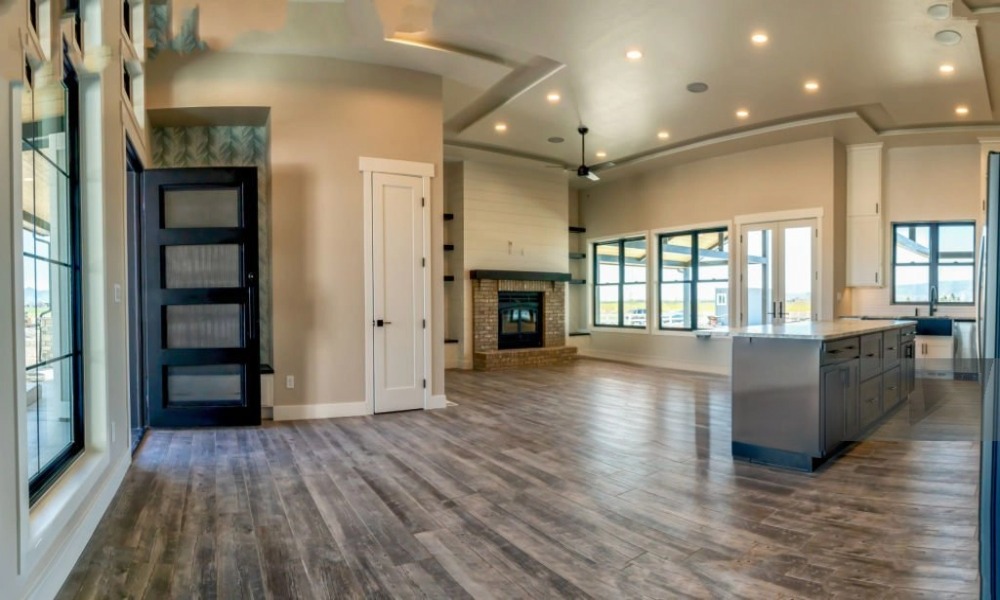
3. Industrial settings
Downlights are widely used in industrial lighting, with various types suitable for different work lighting needs in industrial production. They directly affect the working environment, productivity, and efficiency, helping reduce accidents during production.
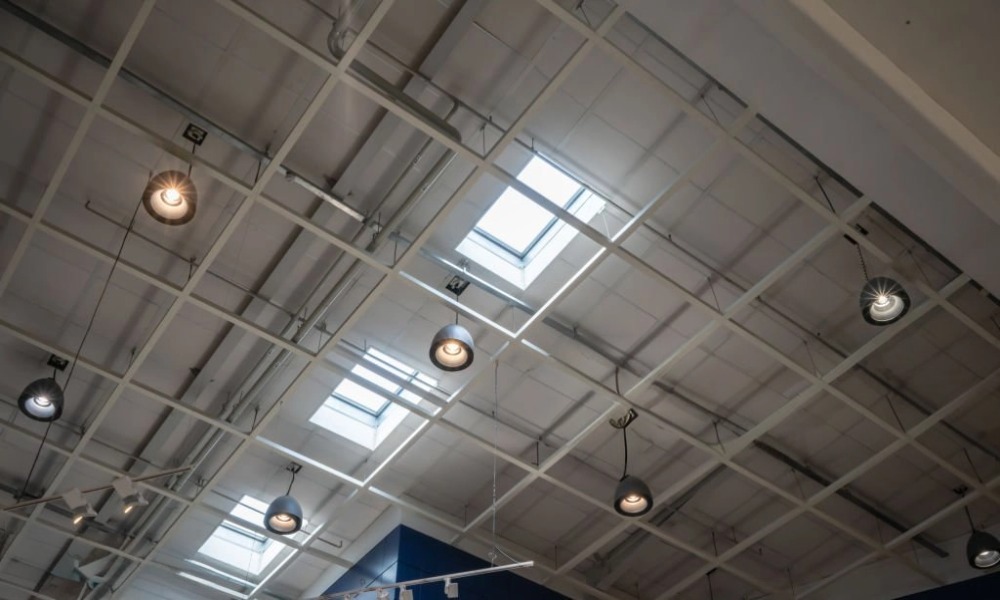
2. Classified by lighting method
1. Fixed lighting
Fixed downlights are directly installed on the ceiling with the beam directed downward. The light intensity depends on the beam angle, generally, the larger the angle, the lower the intensity.

2. Adjustable lighting
Adjustable downlights have an angle adjustment feature, making them very practical in daily use, allowing you to adjust the angle according to different lighting needs.
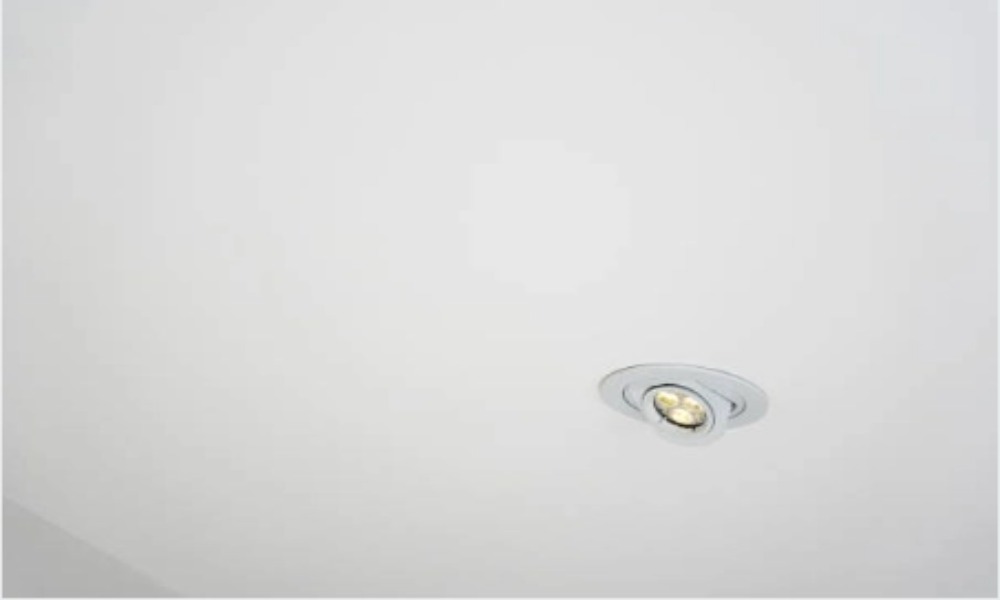
3. Classified by installation method
1. Recessed frameless downlights and recessed framed downlights
Recessed framed downlights are those with visible frames. The advantage of framed downlights is convenience, quick installation, and easy disassembly.
Recessed frameless downlights are those where the frame is not visible. The main advantage of frameless downlights is that they blend seamlessly with the ceiling, offering a more minimalist design.

2. Surface-mounted installation
Surface-mounted downlights are installed using holes pre-drilled in the back of the fixture, fixed to the ceiling with specific screws.
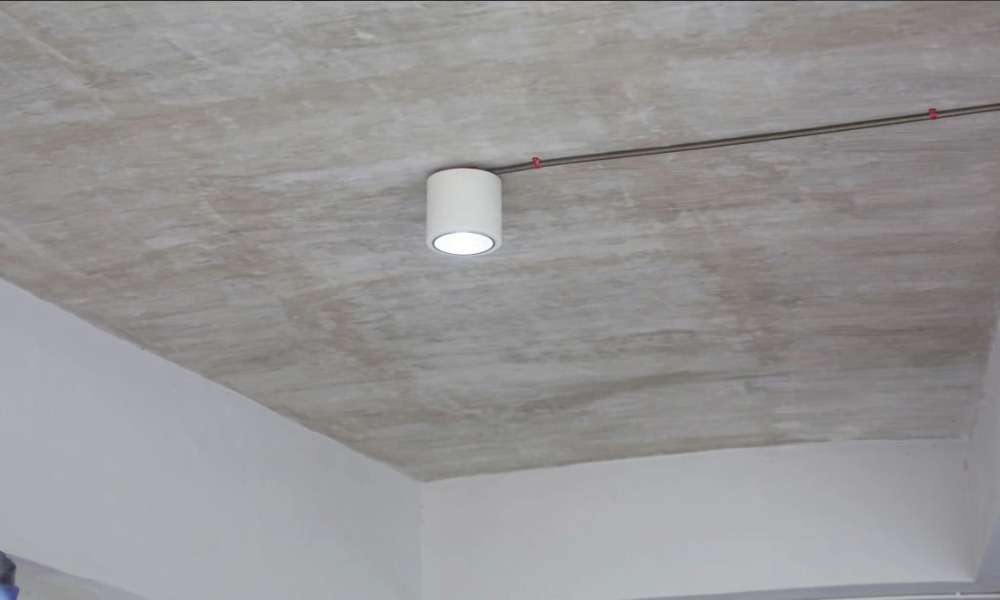
3. Suspended downlights
Suspended downlights are those installed using a hanging method, mainly designed to meet specific lighting requirements in certain settings.
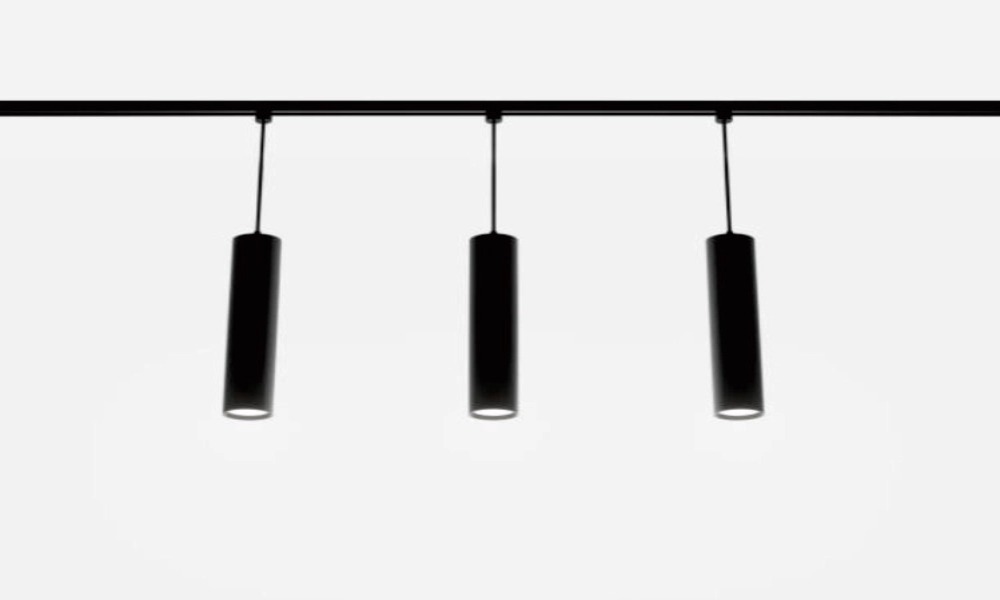
3. How to identify the quality of a downlight?
Downlights mainly consist of three parts: the housing, the LED chips, and the power supply.
1. How to identify the quality of the housing?
The housing is typically forged from aluminum to dissipate heat from the LED chips and power supply. High-quality aluminum materials and heat dissipation design quickly transfer the heat away from the components, ensuring their longevity and allowing the light to function for a longer time. High-quality aluminum has a significant impact on the downlight’s lifespan, heat dissipation efficiency, and forging process.
2. How to choose the right LED chips & LED boards?
Currently, the LED chip market offers many excellent products, and the choice of brand depends on the application scenario and specific needs.
1. Here are some well-known brands in the global LED market:
CREE (USA): High-quality, energy-efficient LED chips.
Nichia (Japan): Known for high-quality, high-luminance LED chips.
Osram (Germany): Reliable, stable LED chips.
Samsung (South Korea): High-quality LED chips with excellent light efficiency.
Philips: Stable LED chips with high light efficiency.
These brands are globally recognized, but in practice, you can select the one best suited to your needs and scenarios.
3. What are the color temperatures of downlights?
1. Fixed and non-fixed dimmable color temperatures
Fixed color temperatures are typically 2700K, 3000K, and 4000K.
Non-fixed color temperatures are adjustable via panels or software, typically ranging from 2700K to 6500K.
The color rendering index (CRI) is usually 90.
4. What dimming methods are available for downlights?
1. 0-10V Dimming
2. 0-10V CCT Tunable Dimming
3. DALI Single Lighting Control Dimming and CCT Tunable
4. Tuya Smart Single Lighting Dimming and CCT Tunable via Tuya/Smart Life App
5. RGBCW Color via Tuya App
5. What types of downlight bulbs are there?
1. GU10 Downlight Bulbs
2. MR16 Fittings
3. AR111 Downlights
4. COB Downlights
5. SMD Downlights
6. What are the beam angles of downlights?
The main beam angles of downlights are 15°, 24°, 36°, and 60°. The beam angle is mainly determined by the lens and reflector. Different downlight models may offer different adjustable beam angles.
7. What are the IP protection ratings of downlights?
1. IP20 Fixtures
2. IP44 Downlights
3. IP65 Downlights
8. What is the warranty period for downlights?
The warranty period is an indicator of the downlight's quality, but the warranty policy is determined by the manufacturer. Typically, downlight warranties range from 3 to 5 years.
4. How do downlights work?
Downlights convert electrical energy into light via the circuit board. The light is then transmitted to the LED chips, where the lens creates the light beam, which is focused by the reflector to form a downward beam that illuminates the space.
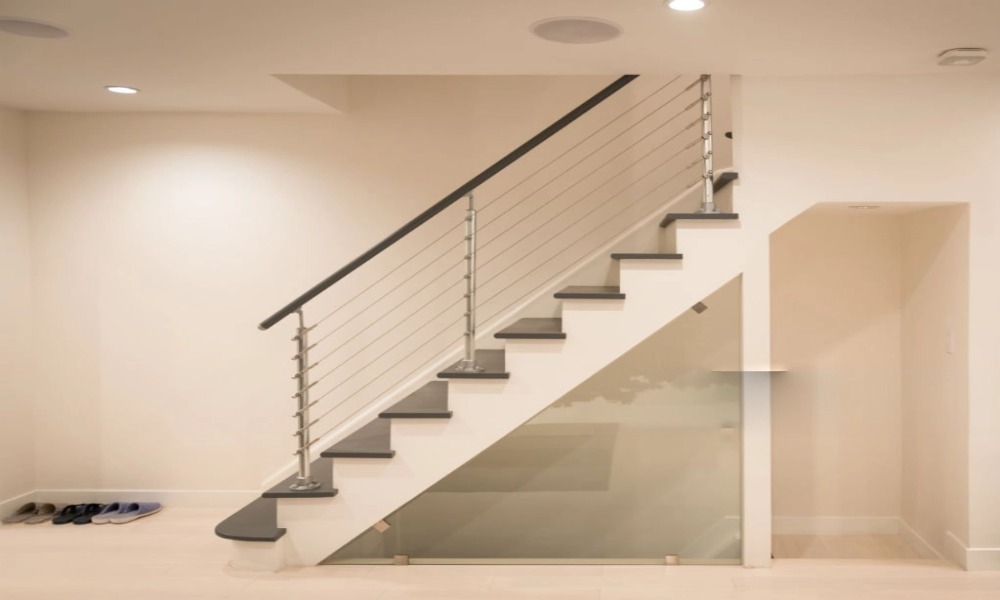
5. How to install downlights correctly?
Step 1:
Mark the installation locations of the downlights in advance, and ensure the installation follows the design blueprint, taking into account fixture spacing, light height, ceiling height, and quantity.
Step 2:
Cut holes of the same size as the downlights. A ceiling layer is typically installed before the fixtures, and corresponding cuts are made based on the clamp diameter.
Step 3:
Connect the downlights to the planned circuit, starting with the first light connected to the switch until the last light, ensuring the fixtures are properly powered. Contact a professional if needed.
Step 4:
Install the downlight into the ceiling. Usually, downlights have springs to secure the position and ensure no looseness. Test the light for flickering or faults; if any issues arise, check the wiring.

6. Downlight faults and solutions
1. Maintenance:
Check the power supply rating and ensure the total power of the fixtures is less than the power of the supply.
2. Troubleshooting:
1. Flickering or no lighting
Step 1: Check the entire circuit wiring for good contact.
Step 2: Remove the fixture, open it, and check if any power supply components are burned out.
Step 3: Inspect the LED chips for damage or failure.
7. Pricing
For over a century, downlights have been widely used in commercial, residential, and industrial applications, becoming an integral part of life. People select different downlights based on their needs. We are a leading manufacturer with 12 years of experience in lighting, and I believe you can find a downlight that meets your needs. Additionally, we offer custom services. Feel free to contact us!
8. FAQ
1. How to identify and cooperate with real manufacturers to reduce your cost?
1. Always perform video factory inspections.
2. Ensure that the sales representatives reply promptly and professionally.
2. In what circumstances would it be more beneficial to cooperate with us?
1. If you are a designer, we can assist with DIALUX designs using our complete IES test files, and provide high-quality product images for your promotions.
2. If you are a contractor for villas or commercial lighting, contact us! With 15 years of experience in engineering, our extensive product line and features will meet all your project needs.
3. If you are a homeowner and need custom smart lighting solutions, feel free to reach out. We can provide professional custom services.
Notice: The picture comes from the Internet. If there is any infringement, please contact me
























